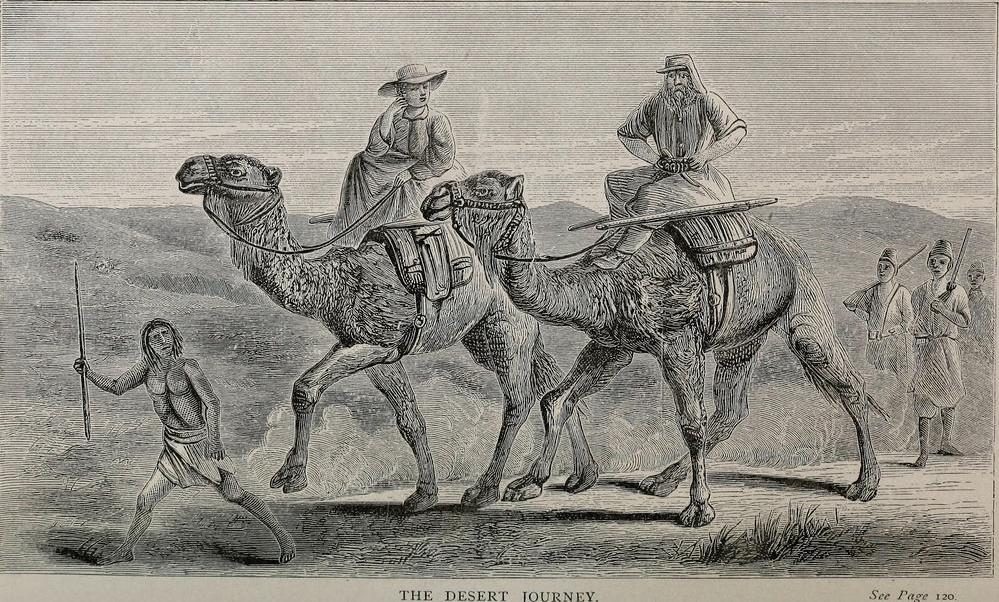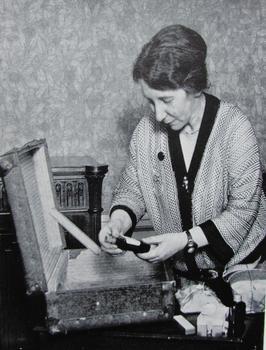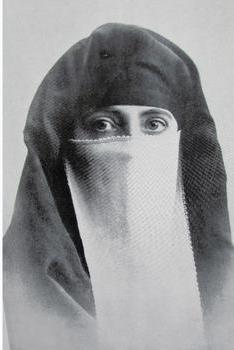Joint Spotlight Lecture between the EES and BILNAS
Banner image: Caton-Thompson and Eleanor Gardner in the Fayum.
Meet nine remarkable women who refused to be confined by society’s expectations, instead setting their sights on North Africa’s vast deserts and hidden histories.
Learn more about these women and their networks through the Women Transcending Boundaries StoryMap available now.
This talk unveils the extraordinary scope of their adventures and resilience. Hear the daring story of Sarah Belzoni, who famously dressed as a man to enter the Great Muslim Temple in Jerusalem, and Lady Florence Baker, who survived the Hungarian Revolution of 1848 and accompanied her husband on a quest for the source of the Nile. Explore the rigorous scholarship of Gertrude Caton-Thompson, who slept in an emptied tomb with cobras for company while challenging colonial biases in archaeology. Learn about Amelia Edwards, who founded the Egypt Exploration Fund (now the Egypt Exploration Society) and Margaret Murray, who led the first public mummy unwrapping by a woman.

Florence Baker depicted on a camel in the mid-19th Century CE.
Since the start of the nineteenth century, European women explorers in North Africa have contributed greatly to our understanding of the archaeology and other aspects of the region. There are various general points that arise from the study of their lives. First, like British battleships of the early twentieth century, many of them were Intrepid, Illustrious and Indomitable. They camped in harsh and remote deserts, travelled by camel, horse, foot and early motor cars. Secondly, they had a wide spread of personal relationships – conventional family figures who raised families, transvestites, lesbians and spinsters. Some of them travelled with their husbands: notably Baker, Belzoni, Bent, Court-Treatt, Petrie, and Workman. Thirdly, some of them lived to a considerable age – Belzoni, Bent, Brogan, Court-Treatt, Gardner, Ness and Petrie into their eighties, Caton-Thompson, Puigadeau and Senones into their nineties, and Joyce Reynolds into her hundreds. Two of them died young: Tinne was murdered aged only 33, and Eberhardt was killed in a flash flood aged only 27. Some of them carried out important geographical, anthropological and archaeological research, while others were primarily adventurers. Some funded others. Intriguingly, most of them travelled successfully in what were predominantly Muslim countries, and most came from countries where the role of women was at the time often subservient to that of men.
These pioneers: archaeologists, anthropologists, and adventurers, not only braved remote lands but also laid the foundations for modern understanding of North Africa's ancient cultures, leaving behind records of enduring discovery and courage.They were remarkable indeed.
Authors
This event remains authored by Andrew Goudie but will now feature additional material from our new presenter, the archivist of BILNAS, Dr Anne Marie Williamson. Thank you for your understanding of this change due to unforeseen circumstances.
Booking and information
After registering, you will receive a confirmation email containing information about your booking. If you do not receive your email, then please check your junk folders before contacting the Egypt Exploration Society. This event will be recorded and made available on our YouTube channel afterwards. You can now view and manage your bookings here. If you have any issues with registering for this event, please email us at [email protected].
Please ensure that you have read our guide to attending EES online events before the event begins.








